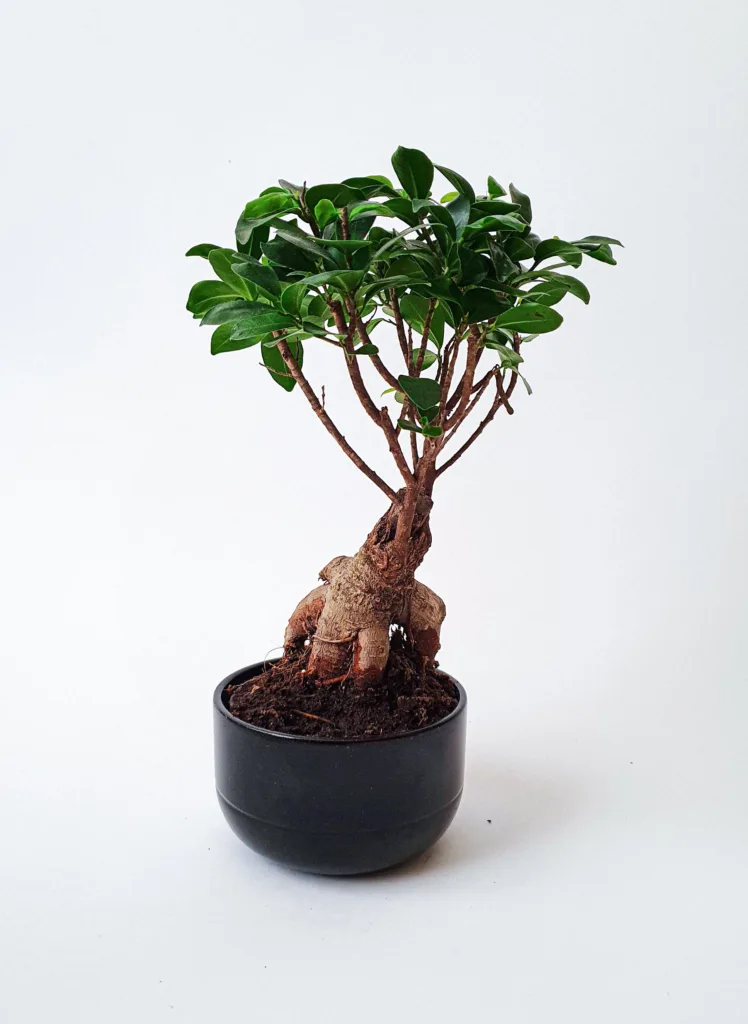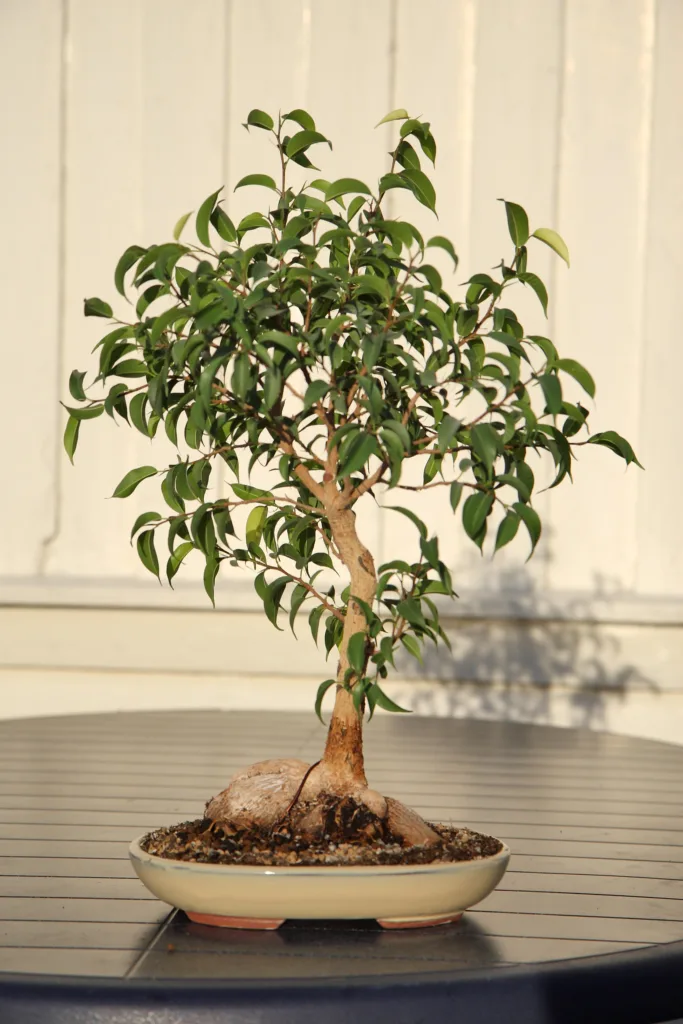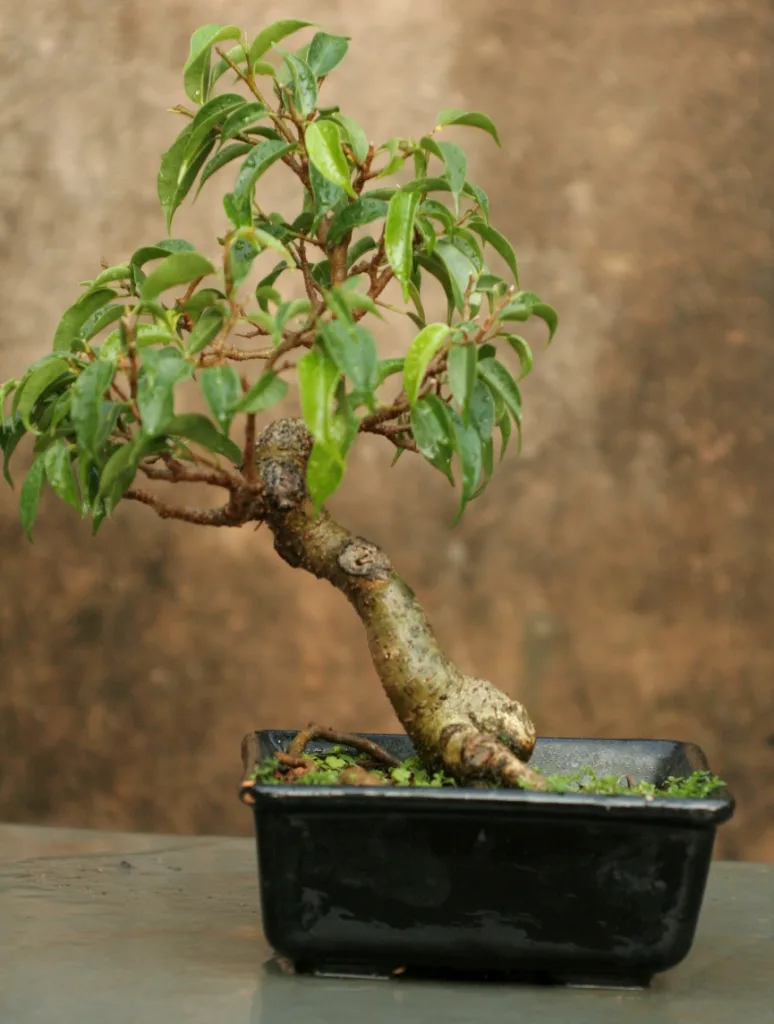Ficus, a genus of flowering plants that belong to the Moraceae family, is well-known for its tropical and exotic appearance.
It can be a great addition to any indoor or outdoor space, offering an array of benefits such as air purification and aesthetic appeal.
Have you ever wanted to add some greenery to your home or office space? Look no further than the beautiful and versatile ficus plant.
In this comprehensive guide, we will explore how to successfully grow and care for ficus plants, ensuring they thrive and bring life to your surroundings. So, let’s get started!
What is Ficus and its Features, Uses, Types, and Overview
Definitely! “Ficus” is a genus of flowering plants that includes a variety of trees, shrubs, and vines. This genus is part of the Moraceae family and is commonly known as figwort.
Features:
- Ficus plants can be trees, shrubs, or vines.
- Leaves vary in shape and size in different species.
- Many Ficus species have a milky latex sap.
Uses:
- Ornamental: Many Ficus species are grown for their attractive foliage and make popular houseplants.
- Fruit Production: Ficus carica produces edible fig fruits.
Types of Ficus
Ficus elastica (rubber plant): Known for its broad, dark green leaves and is a popular indoor plant.
Ficus Lyrata (fiddle-leaf fig): Recognized for its large, fiddle-shaped leaves, often used as an ornamental indoor plant.
Ficus benjamina (weeping fig): It has drooping, shiny leaves and is commonly used as an ornamental houseplant.
Ficus carica (common fig): Produces edible fig fruits and is cultivated for both ornamental and fruit-bearing purposes.
| Kingdom | Plantae |
|---|---|
| Division | Tracheophyta |
| Subdivision | Angiospermae |
| Class | Eudicots |
| Order | Rosales |
| Family | Moraceae |
| Genus | Ficus |

Choosing the Right Ficus Plant
Before diving into the details of growing and caring for ficus plants, it’s important to choose the right one for your specific needs.
There are various species and cultivars of ficus available, each with its unique characteristics. Some popular choices include the Ficus benjamina (Weeping Fig), Ficus Lyrata (Fiddle-Leaf Fig), and Ficus elastica (Rubber Plant).
Consider factors such as the plant’s size, light requirements, and maintenance needs. Think about whether you want a small ficus for your desk or a large one to make a bold statement in your living room.
Research each species to understand its growth habits and whether it will flourish in your particular environment.
Light Requirements
Proper lighting is crucial for the healthy growth of ficus plants. Most ficus species prefer bright, indirect light.
They thrive in areas close to a window that receives filtered sunlight. However, it’s important to note that direct exposure to intense sunlight can scorch the leaves and lead to damage.
If you have a ficus variety that tolerates lower light conditions, you can place it further away from the window or in a slightly shaded area.
Temperature and Humidity
Ficus plants are native to tropical and subtropical regions, so they prefer warm and humid conditions. The ideal temperature range for ficus plants is between 60°F (15°C) and 75°F (24°C).
Avoid exposing them to extreme temperature fluctuations or drafts, which can cause stress and leaf drop. Maintaining a humidity level of around 50% is beneficial for ficus plants.
You can achieve this by using a humidifier or placing a tray of water near the plant to increase moisture in the air.
Watering and Soil
Proper watering is essential for the health of ficus plants. It’s important to strike a balance between underwatering and overwatering to prevent root rot or dehydration.
Water your ficus thoroughly when the top inch of the soil feels dry to the touch. Ensure that the excess water drains out from the bottom of the pot, as waterlogged soil can lead to root problems.
Choosing the right soil is equally important. Most ficus plants prefer a well-draining, loamy soil that retains some moisture but doesn’t become waterlogged.
A mixture of peat moss, perlite, and regular potting soil can offer the ideal combination for your ficus plant.
Fertilizing Your Ficus
Regular fertilization is key to promoting healthy growth in ficus plants. During the growing season, which typically spans from spring to early fall, feed your ficus with a balanced, water-soluble fertilizer every 2-4 weeks.
Dilute the fertilizer to half the recommended strength to avoid overfeeding, which can cause fertilizer burn. In winter, you can reduce the frequency of fertilization to once every 2 months.
Pruning and Shaping
Pruning plays a crucial role in maintaining the shape and size of your ficus plant. Regular pruning helps to control growth, remove dead or damaged branches, and prevent the plant from becoming leggy.
You can also prune to encourage branching or achieve a desired shape. Remember to use clean and sharp pruning tools to avoid introducing diseases or causing unnecessary damage to the plant.
Pests and Diseases
While ficus plants are generally resilient, they can still become susceptible to certain pests and diseases. Common pests that may affect ficus plants include aphids, mealybugs, and spider mites.
Keep a close eye on your plant and inspect it regularly for any signs of infestation. If pests are detected, treat them promptly using organic insecticides or by manually removing them.
Ficus plants can also fall victim to diseases such as root rot, fungal infections, or leaf spots. To prevent these issues, provide proper drainage, avoid overwatering, and ensure good air circulation around the plant.
If you notice any signs of disease, take immediate action by removing and disposing of affected parts of the plant.
Propagation
If you want to expand your Ficus collection or share your flourishing plants with others, propagation is a great option.
Ficus plants can be propagated through methods such as stem cuttings or air layering. With stem cuttings, take a 4-6 inch cutting from the tip of a healthy stem, remove the lower leaves, and place the cutting in a moist rooting medium.
Keep the soil consistently moist until new roots form. Air layering involves making a small cut in a healthy stem, applying rooting hormone, wrapping the cut portion in moist sphagnum moss, and covering it with plastic wrap until roots develop.

Conclusion
Growing and caring for ficus plants can be a rewarding experience, bringing the beauty of nature into your home or office.
By following the tips outlined in this comprehensive guide, you can ensure that your Ficus thrives and becomes the centerpiece of any space.
Remember to choose the right Ficus variety, provide adequate lighting, water, and fertilize appropriately, prune when necessary, and address any potential pest or disease concerns.
With patience and proper care, your ficus plant will transform any space into a green oasis. So, don’t hesitate to start your ficus journey today!
FAQs
Is a ficus a good indoor plant?
Yes, many Ficus species, such as Ficus elastica (Rubber Plant) and Ficus lyrata (Fiddle-leaf Fig), are popular and excellent choices for indoor plants due to their attractive foliage and adaptability to indoor conditions.
Is ficus and banyan tree the same?
The term “ficus” is a genus that includes various species, and the banyan tree (Ficus benghalensis) is one of them. So, while all banyan trees are ficus, not all ficus plants are banyan trees.
What is Ficus used for?
Ficus plants are used for various purposes:
Ornamental Plants: Many ficus species are grown for their decorative foliage and are popular as houseplants or in landscaping.
Fruit Production: Ficus carica produces edible fig fruits and is cultivated for its fruit-bearing qualities.
What is the fruit of the ficus?
The fruit of the ficus is commonly referred to as a “fig.” Ficus carica, known as the Common Fig, produces fig fruits that are often consumed fresh or dried. The specific appearance and taste of figs can vary among different ficus species.

